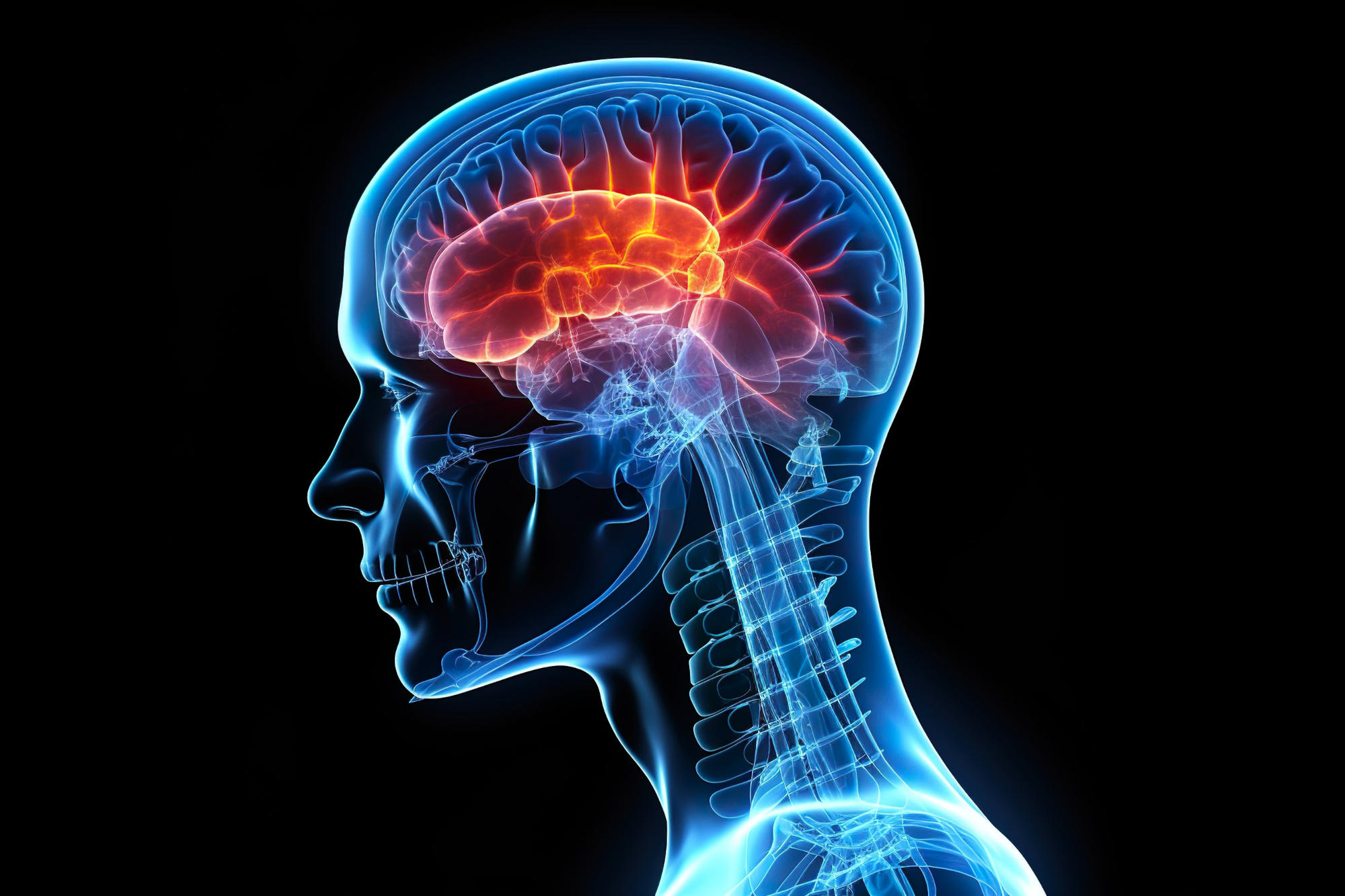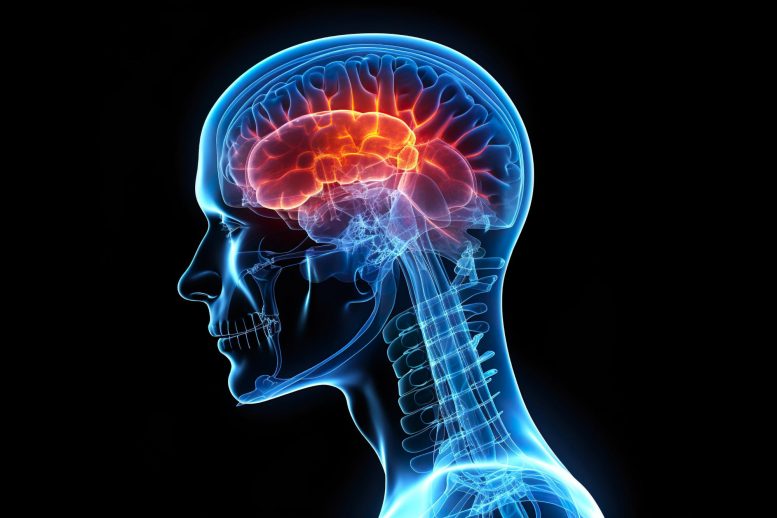

Researchers have discovered that traumatic brain injuries (TBI) may increase the risk of developing Alzheimer’s disease.
By examining both brain tissue from animal models and human samples, they identified how TBI can trigger changes in the brain, leading to an accumulation of harmful proteins and cognitive issues associated with Alzheimer’s. One key finding is that enhancing a specific protein, BAG3, may help the brain clear out these damaging proteins and potentially reduce the risk of Alzheimer’s after a brain injury.
Traumatic Brain Injuries and Alzheimer’s Risk
Each year, approximately 2.5 million people experience traumatic brain injuries (TBI), which can significantly raise their risk of developing Alzheimer’s disease later in life.
A research team from The Ohio State University Wexner Medical Center and College of Medicine studied the molecular mechanisms that may link TBI to Alzheimer’s. Using both mouse models and human post-mortem brain tissue, they explored how these injuries contribute to increased Alzheimer’s risk.
“Because of the prevalence of both TBI and Alzheimer’s in humans, understanding the molecular mechanism that underlies the transition from TBI to Alzheimer’s is vital to developing future therapies that reduce this risk,” said study senior author Hongjun “Harry” Fu, PhD, assistant professor of neuroscience at Ohio State.
The study’s findings were published in the journal Acta Neuropathologica.

Innovations in Treatment: The Role of BAG3 Protein
Researchers found that TBI increases hyperphosphorylated tau, astro- and microgliosis, synaptic dysfunction and cognitive impairments linked to developing Alzheimer’s disease. Furthermore, they found that downregulation of BAG3, a protein involved in protein clearance through the autophagy-lysosome pathway, contributes to the accumulation of hyperphosphorylated tau in neurons and oligodendrocytes after TBI in the mouse models and human post-mortem brain tissue with the history of TBI.
Using an AAV-based approach of overexpressing BAG3 in neurons, they found that BAG3 overexpression ameliorates tau hyperphosphorylation, synaptic dysfunction, and cognitive deficits, likely through the enhancement of the autophagy-lysosome pathway.
“Based on our findings, we believe that targeting neuronal BAG3 may be a therapeutic strategy for preventing or reducing Alzheimer’s disease-like pathology,” said study first author Nicholas Sweeney, an Ohio State neuroscience research assistant.
Future Directions in Alzheimer’s Research Post-TBI
This work builds on their earlier research that had identified BAG3 as a hub gene controlling tau homeostasis from non-diseased human post-mortem tissue. Hence, BAG3 may be a contributing factor to the cellular and regional vulnerability to tau pathology in AD, said co-first author Tae Yeon Kim, a PhD student of Ohio State’s Biomedical Sciences Graduate Program.
“Since previous research using human tissue and mouse models shows that tau pathology increases after TBI, we wondered if BAG3 may be a contributing factor to tau accumulation after TBI,” Fu said. “Indeed, we found that BAG3 dysfunction contributes to disruption of protein clearance mechanisms that results in tau accumulation in mouse models and in human post-mortem tissue with TBI and Alzheimer’s.”
Future research will try to validate the relationship between TBI, BAG3, tau pathology, gliosis and neurodegeneration using a new model of TBI. Known as the Closed Head Induced Model of Engineered Rotational Acceleration (CHIMERA), this model mimics most common mild TBI conditions in humans, Fu said.
“Completion of future studies will allow us to further understand how TBI and Alzheimer’s are biologically linked and develop novel therapies that can reduce the risk of developing Alzheimer’s after TBI,” Fu said.
Reference: “Neuronal BAG3 attenuates tau hyperphosphorylation, synaptic dysfunction, and cognitive deficits induced by traumatic brain injury via the regulation of autophagy-lysosome pathway” by Nicholas Sweeney, Tae Yeon Kim, Cody T. Morrison, Liangping Li, Diana Acosta, Jiawen Liang, Nithin V. Datla, Julie A. Fitzgerald, Haoran Huang, Xianglan Liu, Gregory Huang Tan, Min Wu, Kate Karelina, Chelsea E. Bray, Zachary M. Weil, Douglas W. Scharre, Geidy E. Serrano, Takashi Saito, Takaomi C. Saido, Thomas G. Beach, Olga N. Kokiko-Cochran, Jonathan P. Godbout, Gail V. W. Johnson and Hongjun Fu, 11 October 2024, Acta Neuropathologica.
DOI: 10.1007/s00401-024-02810-1
The research team included scientists from Ohio State, Arizona, New York, West Virginia and Japan.This work was supported by the Department of Defense, the National Institute on Aging of the National Institutes of Health, the Neurological Research Institute seed grant from The Ohio State University, and the Summer Undergraduate Research Fellowship from The Ohio State University Chronic Brain Injury Discovery Theme.